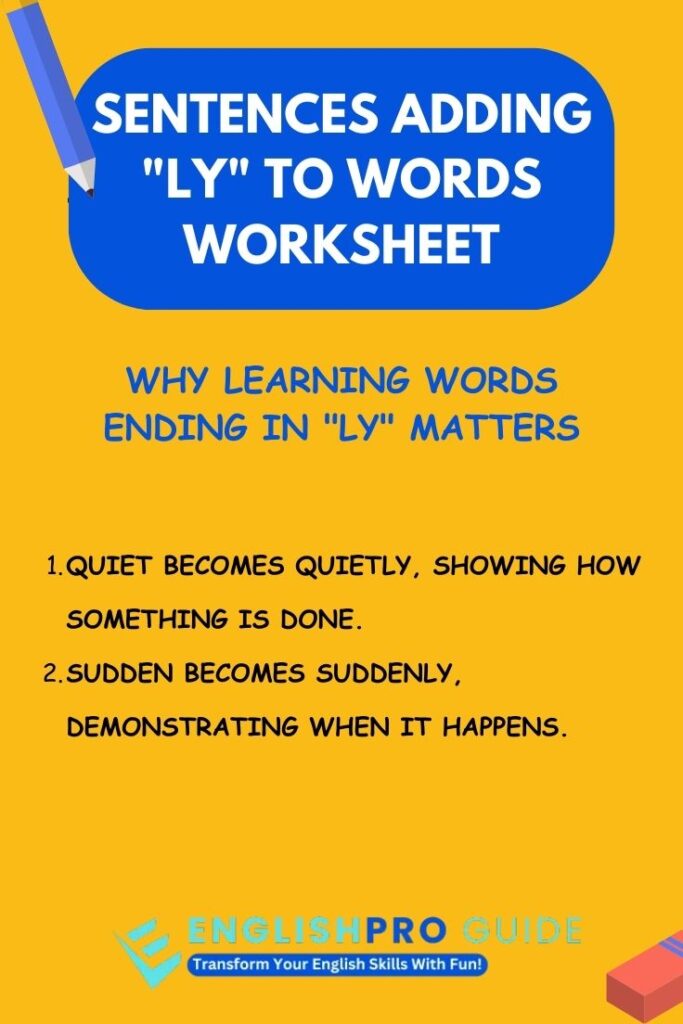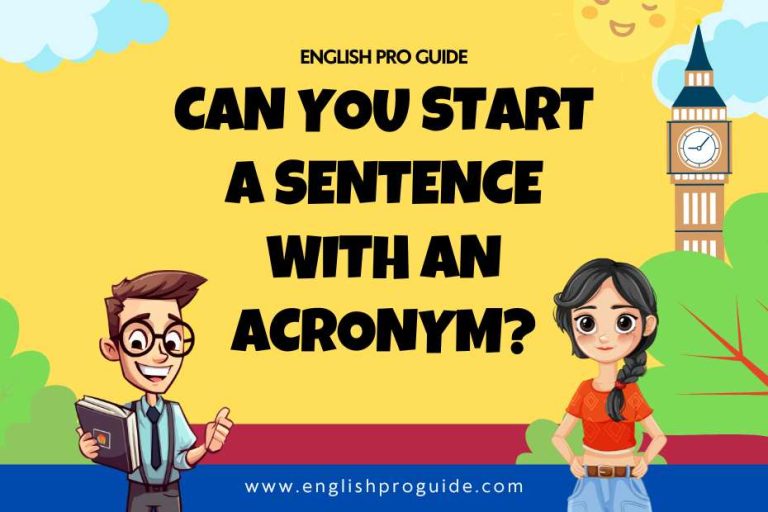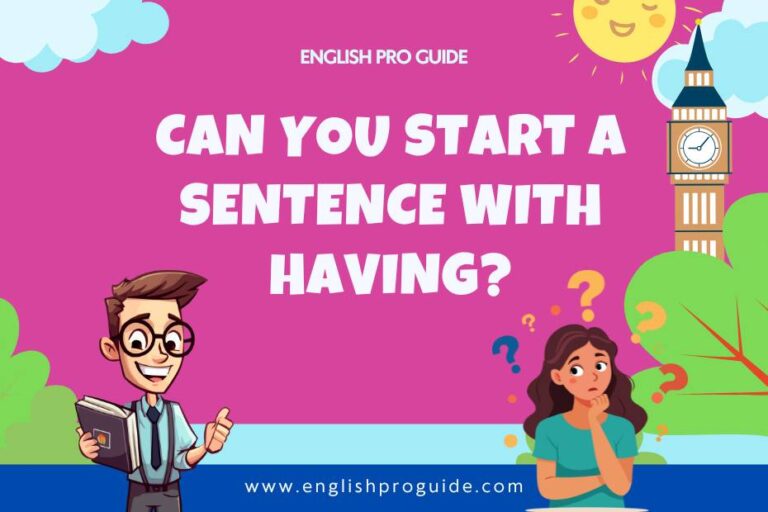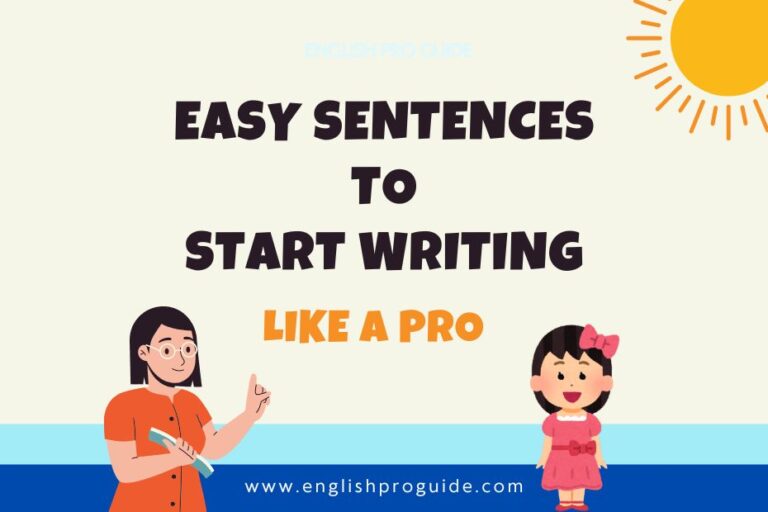Discover the Joy of “ly” Words in Sentence Crafting
Master sentences with “Example of Sentences adding ly to words worksheet” activities! Engage learners with fun tips, examples, and downloadable tools. Read now!
Adding “ly” to words not only changes adjectives into adverbs but also brings nuance and complexity to writing.
But why just learn this concept when you can master it with practical tools? That’s where worksheets come in handy and FAQs to clear up your doubts.
Why Learning Words Ending in “ly” Matters

Words ending in “ly,” also referred to as adverbs, describe how, when, or where an action happens. For example:
- Quiet becomes quietly, showing how something is done.
- Sudden becomes suddenly, demonstrating when it happens.
This addition enriches the meaning of your writing, making it more precise and engaging. For learners, practicing through activities and worksheets allows for better understanding and retention. With structured guidance, users don’t just memorize—they internalize the rules of word transformation.
Worksheets focusing on “adding ly to words” are particularly effective for:
- Building vocabulary.
- Improving sentence construction.
- Enhancing descriptive writing.
By the end of this post, you’ll not only explore examples of sentences but also learn strategies to use these worksheets to their full potential.
50 Examples of Adding “ly” to Words
Here’s a comprehensive list of examples showing how adjectives are transformed into adverbs by adding “ly.” These examples cover a range of everyday and advanced vocabulary, ensuring variety and clarity.
- Quick → Quickly
- Happy → Happily
- Sad → Sadly
- Soft → Softly
- Loud → Loudly
- Brave → Bravely
- Angry → Angrily
- Clear → Clearly
- Polite → Politely
- Smooth → Smoothly
- Careful → Carefully
- Honest → Honestly
- Bright → Brightly
- Bitter → Bitterly
- Tidy → Tidily
- Lazy → Lazily
- Easy → Easily
- Strong → Strongly
- Sharp → Sharply
- Serious → Seriously
- Certain → Certainly
- Sudden → Suddenly
- Full → Fully
- Perfect → Perfectly
- Cheerful → Cheerfully
- Lucky → Luckily
- Neat → Neatly
- Daily → Diligently
- Calm → Calmly
- Quiet → Quietly
- Graceful → Gracefully
- Nervous → Nervously
- Beautiful → Beautifully
- Peaceful → Peacefully
- Grateful → Gratefully
- Slow → Slowly
- Anxious → Anxiously
- Thoughtful → Thoughtfully
- Friendly → Friendlily (rare usage)
- Awful → Awfully
- Hopeful → Hopefully
- Angry → Angrily
- Dramatic → Dramatically
- Firm → Firmly
- Frequent → Frequently
- Easy → Easily
- Simple → Simply
- Sharp → Sharply
- Popular → Popularly
- Terrible → Terribly
Read More: Accuplacer Practice Test Sentence Skills
Key Strategies for Learning with “Adding ly to Words” Worksheets
Mastering the concept doesn’t need to be overwhelming. Below, we’ll break down three major strategies designed for fun and effective use of these worksheets.
1. Start with Simple Adjective-to-Adverb Transformations
The beauty of adverbs is their simplicity. Most adjectives become adverbs simply by adding “ly.” Here’s how you can practice:
- Use a worksheet that lists common adjectives.
- Transform each adjective and write a sentence using the new word.
Example:
- Adjective: happy
- Adverb: happily
- Sentence: She danced happily at the party.
These exercises provide a foundation for beginners to grasp the concept.
Quick Tip: Pair students into groups where one writes the sentence, and the other identifies the adverb. This builds teamwork and reinforces learning.
2. Categorize “ly” Adverbs Based on Usage
Not all “ly” adverbs are created equal. Worksheets can group adverbs based on their function, such as:
- Adverbs of Manner: Describe how something is done (e.g., gracefully, loudly).
- Adverbs of Time: Indicate when something happens (e.g., recently, frequently).
- Adverbs of Frequency: Show how often something occurs (e.g., usually, rarely).
Example: Create a matching activity where students connect sentences to the correct adverb category.
- The baby cried loudly. (Manner)
- He visits his grandparents weekly. (Frequency)
Breaking it down like this helps students distinguish the various roles adverbs play in sentences.
3. Gamify the Learning Process
Turn mundane worksheets into interactive challenges by introducing games. For instance:
- Adverb Bingo: Fill bingo cards with “ly” words and sentences that use those adverbs. Call out clues such as, “An adverb meaning very quickly!”
- Sentence Scramble: Provide scrambled sentences with a mix of adjectives and adverbs for learners to organize correctly.
Example Worksheet Game:
- Adjective word bank: quick, loud, soft.
- Required: Add “ly” and create a sentence for each transformation.
This approach not only fosters learning but makes students look forward to practice sessions.
Tips for Using Worksheets Effectively
Below are actionable tips and real-life sentence examples to make your worksheet practice dynamic and engaging.
Tip 1. Use Worksheets for Everyday Scenarios
Contextualizing learning with real-world examples fosters relatability. For instance, create sentences based on daily routines:
- She brushed her teeth carefully.
- He quickly packed his school bag.
These practical applications make lessons stick because learners see how adverbs shape everyday communication.
Tip 2. Include Story-Making Exercises
Encourage creativity by combining “ly” adverbs in storytelling worksheets.
Example Prompt: Add adverbs to complete the story.
- Original sentence: The dog barked ___ as the car stopped ___.
- Completed sentence: The dog barked loudly as the car stopped suddenly.
This kind of practice not only teaches grammar but also nurtures storytelling skills.
Tip 3. Create Multi-Level Worksheets
Cater to both beginners and advanced learners with worksheets that increase in complexity.
- Basic Worksheet: Transform and match exercise, e.g., sad → sadly, The boy walked sadly to school.
- Advanced Worksheet: Rewrite a short paragraph by adding appropriate “ly” adverbs to enrich it.
With tiered activities, you can ensure inclusivity for all skill levels.
Exercise:
Fill-in-the-Blanks Worksheet
Complete each blank with a suitable “ly” adverb:
- She opened the gift ____. (adverb of manner)
- He ____ visits his grandparents. (adverb of frequency)
Answer key:
- She opened the gift cheerfully.
- He regularly visits his grandparents.
This activity combines multiple learning layers, helping students learn while having fun.
Read More: Can You Start a Sentence with Having? Unlock the Structure
FAQs About Adding “Ly” to Words Worksheets
1. What is the purpose of “ly” words worksheets?
These worksheets help learners understand how to transform adjectives into adverbs and use them correctly in sentences. They improve sentence clarity and descriptive writing.
2. Can beginners use “ly” worksheets?
Absolutely! Worksheets can be adapted for all levels, starting with basic transformation exercises for beginners and moving to advanced sentence-building tasks for more experienced users.
3. Are there exceptions to the “ly” rule?
Yes! Not all adjectives can become adverbs with “ly.” For example, “friend” doesn’t transform. Worksheets should include these exceptions for comprehensive lessons.
4. How can I make “ly” worksheet activities more interactive?
You can gamify learning with activities like Adverb Bingo, storytelling challenges, or sentence scramble games. These techniques make exercises fun and engaging.
5. Why is understanding adverbs important?
Adverbs add depth to writing by describing actions with more precision. They make sentences clearer and more dynamic, which is why they are a focus point in learning grammar.
Wrapping It Up
Mastering sentences with “ly” words opens up new dimensions in understanding language intricacies.
Whether you’re teaching grammar in classrooms or brushing up on English skills, a well-crafted worksheet is a great way to engage your learners. Remember to start simple, diversify activities, and make learning interactive.
By applying the techniques and strategies outlined above, learners can unlock the full potential of adverb usage to enhance their communication.






